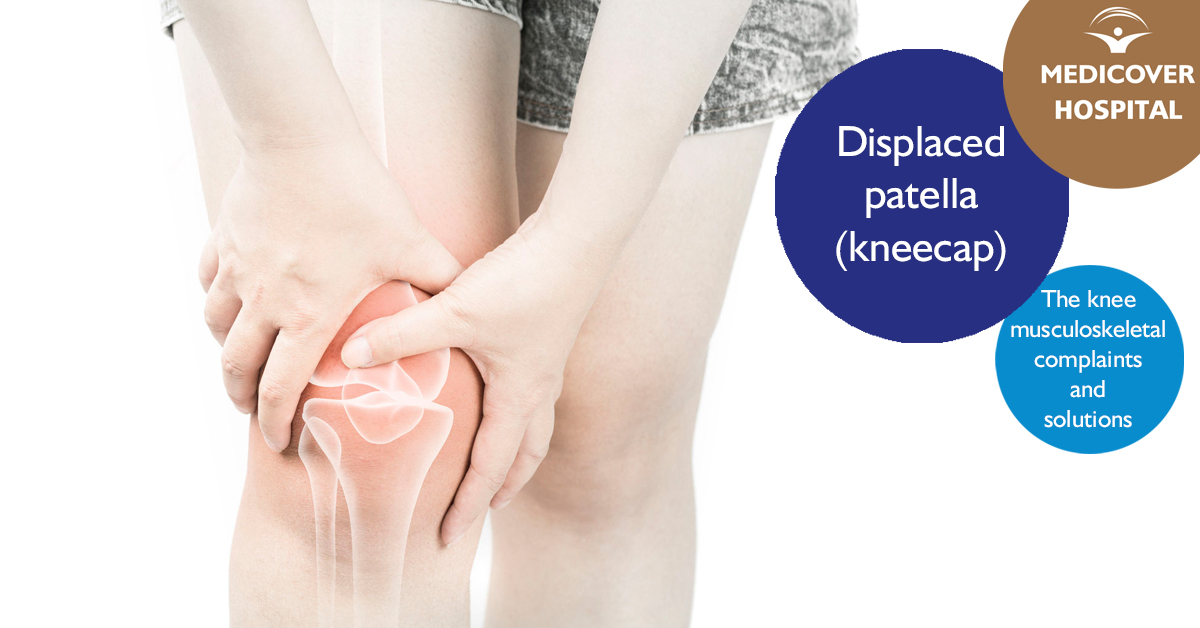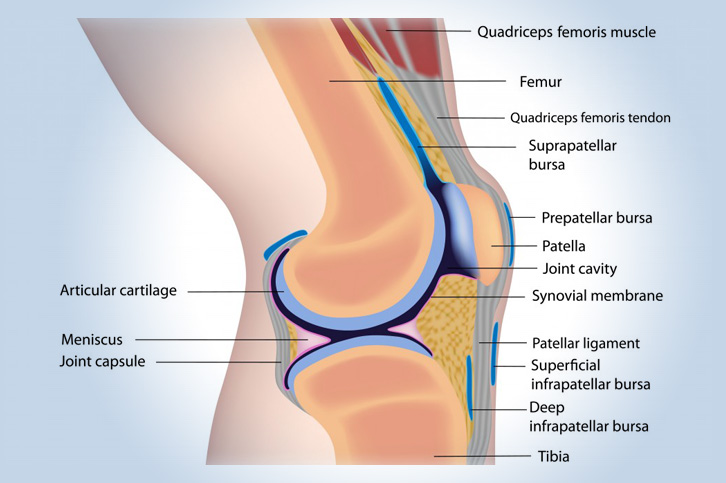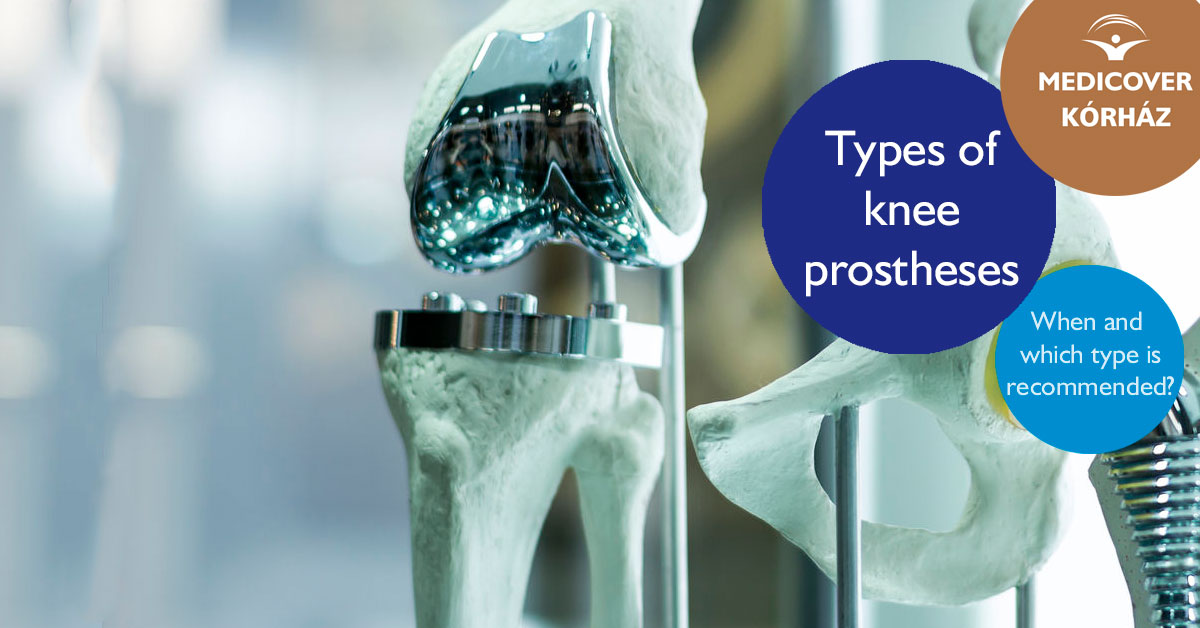The displacement of the kneecap may be triggered by several factors, but the most typical reason is the overturning of the muscle balance around the knee. Due to the anatomical structure of the knee, several factors are responsible for pulling the knee to the outer side. The only force to compensate is the lower oblique fibers of the quadriceps, which tend to weaken. Accordingly, the mild displacement of the kneecap (patella lateralization) is very characteristic, which greatly increases the risk of knee injury.
- Home
-
Treatments
-
Orthopaedic Surgery
- Arthroscopic knee surgery
- Arthroscopic meniscectomy
- Anterior cruciate ligament (ACL) surgery
- Bunion surgery
- Carpal tunnel release
- Chondropathy surgery
- Cubital tunnel release
- Dupuytren’s contracture surgery
- Ganglion Removal
- Hammertoe surgery
- Hip replacement surgery
- Laser Disc Decompression (PLDD)
- Patellar dislocation
- Shoulder surgery
- Total knee replacement
- General Surgery
- Hand surgery
- Gynecological surgery
- ENT Surgery
- Ophthalmic Surgery
- Diagnostics
- Urological surgery
- Proctology
-
Orthopaedic Surgery
- Prices
- Our hospital
- Our Team
- Travel Guide
- Blog
- Contact











